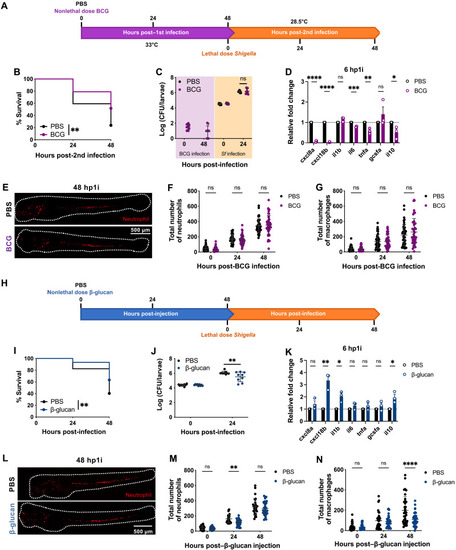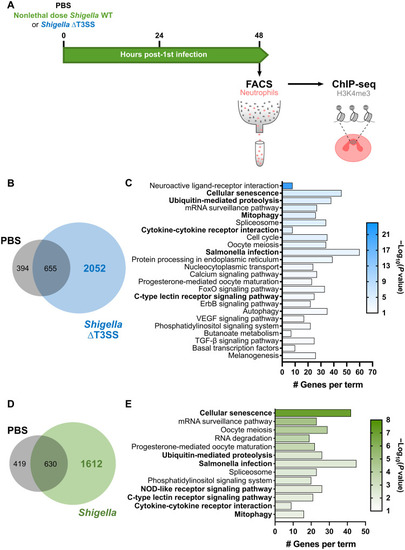- Title
-
Shigella induces epigenetic reprogramming of zebrafish neutrophils
- Authors
- Gomes, M.C., Brokatzky, D., Bielecka, M.K., Wardle, F.C., Mostowy, S.
- Source
- Full text @ Sci Adv
|
Zebrafish exposure to nonlethal ( |
|
( |
|
BCG and β-glucan induce protection in zebrafish embryos. ( |
|
( |
|
Exposure to ( |
|
Trained neutrophils produce more mtROS. ( |






